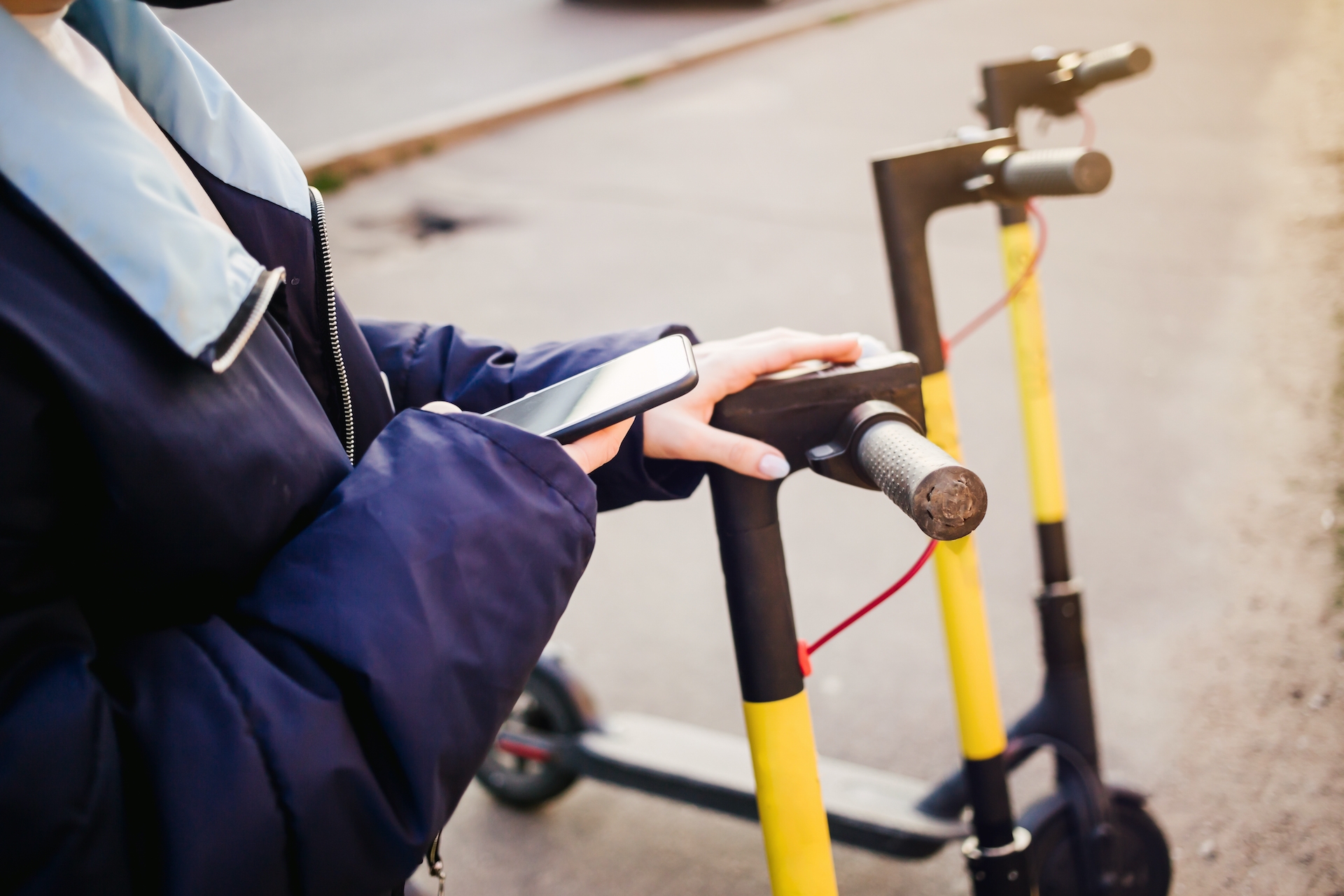It’s been two years since the portable electric scooter made its first debut in Brisbane as a rideable for rent. The reason why it became notorious is not because of the machine itself.
Why do people hate portable electric scooters?
E-scooter sharing company Bird took advantage of the fact that there were no specific laws against electric scooters in Santa Monica, California. Electric scooters are personal transport vehicles, but they don’t comply with road-vehicle registration and safety standards, but then again they’re not a motorcycle or a car either. This squarely puts electric scooters in a grey area when it comes to the road traffic rules.
This sell now/ask later approach were followed by other start-ups who were quick to notice the pioneer’s success – rentable scooters are cheap and fun. The first portable electric scooters to arrive in Australia debuted in Brisbane.
With the complete lack of road rules and safety guidelines, people were speeding on pavements without helmets at 30 km/h, leaving (or abandoning) their rented portable electric scooters everywhere, and scared the hell out of pedestrians. Meanwhile, e-scooter start-ups were high on getting big from cost-effective scooters. Eventually, accidents with Lime scooters soon followed.
Australians weren’t dumping them into lakes as much as Americans did. But needless to say, lawmakers were not amused. Electric scooters were branded as an eyesore.
Nonetheless, they still became overwhelmingly popular that state governments faced pressure to legalize them. After all, electric scooters were already allowed in some parts of Europe and the US. So why not here? Queensland and ACT were the first states to make electric scooters road legal. Victoria and Tasmania have restrictive rules in place but intrepid riders flout them. Others held e-scooter trial programs as local councils realised that it reduced road congestion.
As laws changed and regulations were enforced, commuters and University students discovered that they can buy the portable electric scooters Bird and Lime use (initially rebranded Xioami scooters). Local retailers jumped in on the trend and sold scooters next to bikes. Some overseas brands – such as the Zero – established their own local distributor. This led to more portable electric scooters on bike lanes and shared paths.
As a result, those who didn’t like electric scooters now vehemently hate them. Everyone was not prepared for the electric scooter invasion.

Misconceptions about Electric Scooters
In the midst of all those developments, several misconceptions about electric scooters were born.
Electric scooters break easily.
Electric scooters, regardless of their specs and price, are meant for single use only not a commercial fleet. E-scooter sharing companies who don’t repair and replace their fleet as needed will give you a wobbly scooter. It’s also important to note that because of their popularity, there are fake, rebranded, or knock-off electric scooters online. The quality of these electric scooters vary, so buy from an overseas online store at your own risk.
Electric scooters are toys.
Getting wiped out – a common occurrence for people mistaking electric scooters for toys – will immediately make you realize it is not just a tourist trap. Even the cost-effective scooters from Bird and Lime require you to have helmets. It’s like any other vehicle that needs proper handling, maintenance, and road awareness.
Electric Scooters are not safe.
Electric scooters are not safe if you are careless. It’s easy to mistake them for an adult gadget that you use to get from point A to point B. When you have to share a public space with pedestrians, and cyclists, you need to follow road safety rules. According to a research report, not wearing helmets, travelling at more than 30 km/h, and alcohol consumption were identified as significant factors in e‐scooter accidents.
Electric Scooters block footpaths.
Public sidewalks are traditionally used as parking areas for two-wheeled non-road vehicles. Cities were simply not prepared to accommodate them (and to be fair that’s not their fault), so there were no clear rules on where they should be left. States are re-thinking public spaces and adjusting to electric scooters on the streets.
Electric scooter racks have been installed. Parking bays are being introduced. These implementations are not yet nationwide because electric scooter regulations vary by state. These steps are great in testing and providing solutions to accommodate micromobility devices.
Electric Scooters are pavement menace.
E-scooter trials, in cooperation with e-scooter sharing companies, are being implemented to figure out how electric scooters can be used in public in a way that they comply with safety road traffic rules.
E-scooter sharing companies use Geofencing technology to make sure electric scooters are used and parked in permitted areas. Operators set speed limits in specific slow-down zones for safety.
Lessons learned from E-scooter trials also help in implementing the right regulations for private use. Both Queensland and ACT have clear rules for electric scooter owners.
The public and cities were simply not prepared for the electric scooter invasion. World-changing technologies have always induced fear of the unfamiliar and reluctance to change – when cars were invented, people hated them too. No one was alarmed when electric skateboards appeared. No one called for a ban on bikes when they get involved in an accident.
Admittedly, work still has to be done. State governments need to re-think public spaces and standardize regulations. The public need to be educated on the proper use and handling of electric scooters. By solving these two key problems, electric scooters will become safer for use.
As road congestions, climate change, and a new normal demand emission-free micromobility vehicles, more people are just going to use electric scooters. Instead of hating a machine, energies should be directed towards solutions.